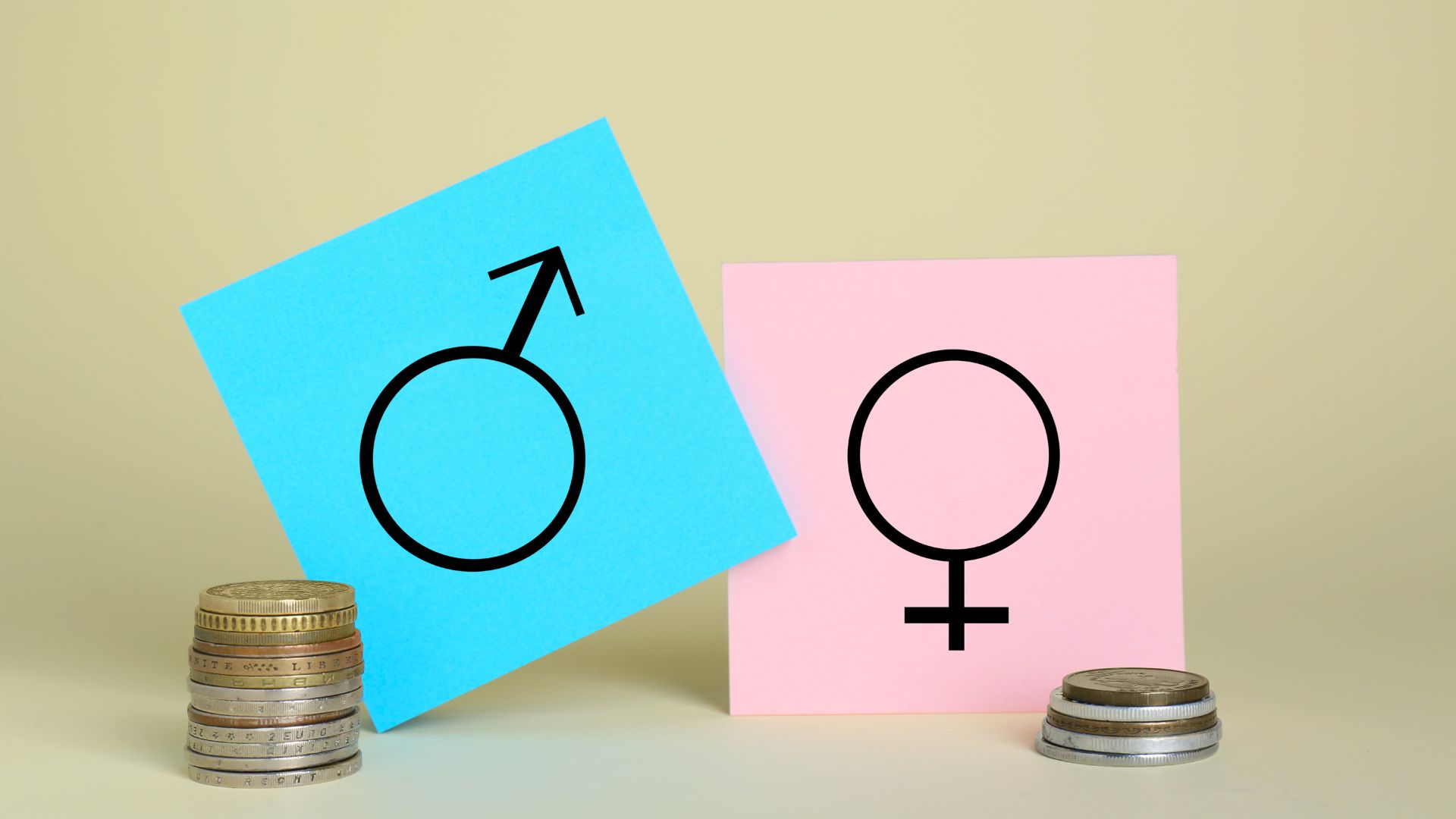International Equal Pay Day: Understanding The Gender Pay Gap
31 Jul, 20241-2 minutes
In this blog, you will learn:
- How big the gender pay gap is.
- What the different gender pay gaps are.
- Calls to action to close the gender pay gap.
- Discover more about our recruitment services.
Everyone has heard of the gender pay gap, but do you know there are actually two types of pay gap? Are you aware of what causes or impacts the pay gap?
18th September is International Equal Pay Day, a day dedicated to raising awareness on and promoting policies to close the gender pay gap. The gender pay gap measures the difference between average hourly earnings of men and women. It acts as a reminder of the persistent wage gap for women and that women are undervalued in the workplace.
In this guide for employers, discover how to better understand the gender pay gap, the different types of pay gaps in the UK and why the gaps need to be tackled.
How big is the gender pay gap in the UK?
According to the Office for National Statistics, the median hourly pay for full-time employees was 7.7% less for women than for men in April 2023. The ONS also found that the full-time pay gap has been getting smaller since 1997 and the overall pay gap has also decreased over the period.
What are the different gender pay gaps?
The gender pay gap isn't simply a matter of men being paid more than women, it can be determined by two pay gaps. Each pay gap measurement provides different useful information about your workforce and pay structure.
The unadjusted pay gap or the uncontrolled pay gap is the difference between the average gross hourly earnings of men and women expressed as a percentage of male earnings. It captures the actual pay gap experienced by women without taking anything else into account other than gender.
The adjusted pay gap, also known as the controlled pay gap measures the difference in pay between women and men who do equal work after taking into account other factors that determine pay, such as job role and differences in employment, education, and work experience.
This means that the pay gap is captured after certain factors that might explain a difference and are not solely based on gender or discrimination.
What causes the gender pay gap?
The gender pay gap is caused by a variety of different factors and can depend on things like age, occupation, industry, location and more. Not every sector, organisation and role has the same pay gap between men and women as it can depend on different factors.
With more women in low-paying sectors, and fewer and lower paid women in managerial positions, there are a lot of factors that can impact the gender pay gap.
On average, women do more hours of unseen and unpaid care work and domestic work, including childcare, housework or taking care of older family members.
According to research by UN Women, on the current trajectory, the gap between the time spent by women and men on unpaid care will narrow slightly, but by 2050, women globally will still be spending 9.5% more time on unpaid care work than men.
More women are in part-time work than men, and because part-time work tends to be lower paid than full-time work, this can contribute to the figures surrounding the gender pay gap. According to analysis by the Institute of Fiscal Studies (IFS) most of the gender pay gaps can be traced to ‘child penalties’ or parenthood. The study found that women’s earnings fall significantly when they become parents, whereas men’s average earnings are ‘almost completely unaffected by parenthood.’
The same analysis revealed that in the first three months of 2023, mothers earned 43% less than fathers based on median weekly earnings, and that seven years after the birth of a first child, women’s earnings are on average less than half of men’s.
Why is it important to close the gender pay gap?
If action is not taken now, progress towards a fairer balance will not be achieved by 2030.
So what can be done to close the gender pay gap for good and empower women in the workplace? A good place to start is to have a plan of action to reduce the gender pay gap in your organisation and set specific targets that you commit to achieving within a specific amount of time.
Calls to action to close the gender pay gap
Calls to action to close the gender pay gap include:
- Consistently review pay equity.
- Encourage salary negotiation by showing salary ranges.
- Increase pay transparency.
- Implement paid family leave.
Consistently review pay equity
Carrying out equal pay audits or reviews can help organisations uncover unequal pay and aim to put it right. An equal pay audit is designed to ensure that women receive the same contractual pay and benefits as a person of the opposite sex engaged in work related as equivalent or work of equal value.
Identify jobs involving similar levels of skill and knowledge and identify the causes of pay gaps in all elements of pay. After reviewing the results, change pay where it is not fair and equal.
Encourage salary negotiations by showing salary ranges
Not only is there a gender pay gap but also a confidence gap, as women are less likely to negotiate their salary than men and even when they do, they are more likely to be judged more harshly.
It is important to establish clear policies and set clear goals regarding negotiation of salaries. It can also be beneficial to create a workplace diversity policy to enhance diversity and promote the wellbeing of employees.
Make your workplace more inclusive by making salary ranges clear and encouraging more women to negotiate their salary. State when the salary for a role is negotiable and be open with employees about pay and contractual terms and conditions.
Increase pay transparency
Increase transparency around gender pay differences by being open and honest about pay in your organisation. This can positively impact and promote gender equality so action can be taken to analyse pay information and tackle pay discrepancies based on gender.
Introducing transparency to promotion and pay can help reduce pay inequalities as employers can understand that their decisions need to be evidence-based as they can be reviewed by others.
There must be clear actions to address the pay gaps, not just gender pay gap reporting. Employers must address pay gaps, a lack of pay transparency and any other pay discrimination that doesn't reflect equal pay for work of equal value.
Implement paid family leave
Encourage the adoption of new practices and policies such as Shared Parental Leave in order to achieve gender-balanced pay. The gender pay gap increases when women become mothers and continues to rise years after their first child is born.
Challenge stereotypes and encourage men to take time off for caring commitments.
If employers provide paternity packages so that each parent takes the same time off and takes the same pay this can help ensure mothers have equal opportunities. That way they can continue progressing in their career and be able to obtain and maintain a pay equal to that of a father in the same role (depending on other factors.)
Who is Spencer Clarke Group?
Established in 2017, we’re a vibrant and progressive recruitment agency based in the heart of the North West.
We continually reimagine the recruitment process to challenge convention and defy expectations; from creating a better recruitment experience to remodelling employee engagement, we thrive off doing things differently and turning heads along the way.
We operate in two sectors:
In eleven specialisms:
Healthcare, Social Care & Nursing
Corporate Functions & Business Support




